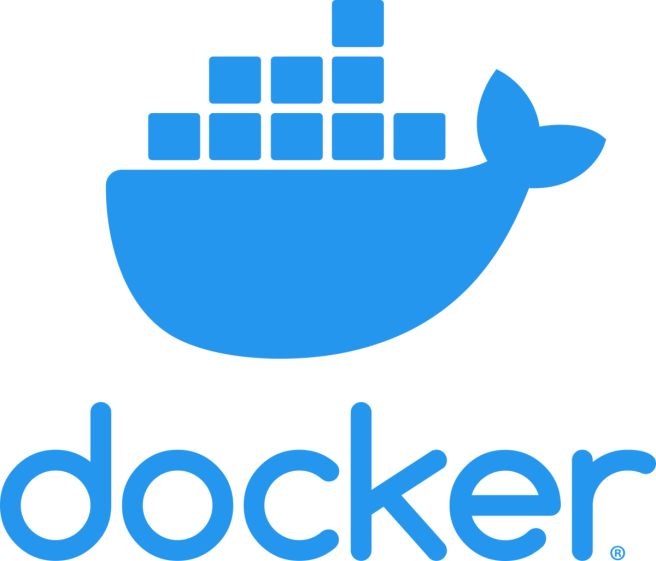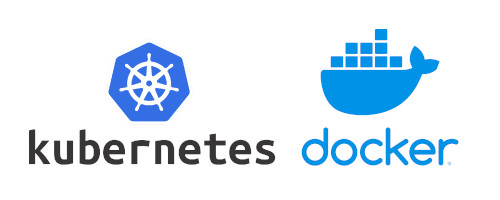Running Docker containers as a non-root user, also known as rootless mode, is a significant step towards enhancing the security of your containerized applications. This approach mitigates potential vulnerabilities by ensuring that neither the Docker daemon nor the containers have root privileges. This article will guide you through the process of setting up and securing rootless Docker containers on a Docker host.
Continue reading “Running Secure, Rootless Docker Containers on a Docker Host”Tag: containerization
Enhancing Security with Rootless Containers in Podman
In the evolving landscape of containerization, security remains a paramount concern. Podman, a daemonless container engine, offers a robust solution through its support for rootless containers. This article delves into the security benefits of using rootless containers with Podman, highlighting why it is a preferred choice for many developers and system administrators.
Continue reading “Enhancing Security with Rootless Containers in Podman”Understanding Docker Engine and Docker Desktop: Key Differences and Benefits
Docker has revolutionized the way we build, share, and run applications by enabling containerization. Two essential components in the Docker ecosystem are Docker Engine and Docker Desktop. This article aims to clarify their differences, functionalities, and how they can benefit developers, system administrators, and other IT professionals.
Continue reading “Understanding Docker Engine and Docker Desktop: Key Differences and Benefits”Podman vs Docker: Architectural and Security Differences
In the realm of containerization, Docker has long been the dominant player, but Podman has emerged as a strong alternative, particularly for those prioritizing security and flexibility. This article delves into the architectural and security differences between these two containerization tools.
Continue reading “Podman vs Docker: Architectural and Security Differences”Docker Basics: Upcoming Free Training by Tom’s IT Cafe
Tom’s IT Cafe’s upcoming free training is under heavy development: Docker Basics for beginner system administrators, developers and those who want to learn containerization with the industry standard Docker solution. Enhance your CI/CD, automation and system testing with containers.
Stay tuned! You will learn how to install and use Docker in a Linux environment.
Podman Basics 09: Kubernetes Compatibility
Podman’s integration with Kubernetes through the podman kube play command allows users to create pods, containers, and volumes from Kubernetes YAML files. This command reads the structured file and recreates the described resources, starting the containers within a pod and outputting the ID of the new pod or the name of the new volume.
Podman Basics 07: Using Multi-Container Applications
Podman-compose is a script that simplifies the use of Podman to manage multi-container setups. It interprets the docker-compose.yml file and creates a Podman-compatible setup. This means you can use your existing Docker Compose files with Podman, making the transition smoother if you’re moving from Docker to Podman.
Podman Basics 06: Podman Volumes
Podman volumes allow you to persist data outside of the container’s file system. This is particularly important when you need to ensure that your application data is not lost when a container is stopped, restarted, or removed. In this lesson you will learn the basics of managing Podman volumes in the command line.
Continue reading “Podman Basics 06: Podman Volumes”Podman Basics 05: Podman Networks
Podman offers a robust network management system that allows for seamless communication between containers. This feature is particularly useful in modern software development, where multiple services often need to interact with each other.
Continue reading “Podman Basics 05: Podman Networks”Podman Basics 04: Running Your First Container
After installing Podman you have to know and understand some of the terminology. Understanding the basic jargon of containerization will help you start with this lesson, and it will be beneficial later on too. You will learn about the image registries, images and containers in this lesson. You will take a look at how to pull, run and manage them.
Continue reading “Podman Basics 04: Running Your First Container”Podman Basics 02: Introduction to Podman
Podman, also known as the POD manager, is an open-source tool for developing, managing, and running containers on Linux systems. It was originally developed by Red Hat engineers along with the open-source community. Podman is designed to make it easy to find, run, build, share, and deploy applications using Open Containers Initiative (OCI) Containers and Container Images.
Continue reading “Podman Basics 02: Introduction to Podman”Podman Basics 01: Introduction to Containerization
In today’s fast-paced world of IT, there’s this game-changing idea called containerization that’s shaking things up. It’s basically transforming how we build, launch, and handle applications. Two key players in this field are Docker and Podman, each offering unique benefits to developers and system administrators alike. In this beginner level course you will get an insight into working with Podman.
Continue reading “Podman Basics 01: Introduction to Containerization”A Comprehensive Guide to Installing and Utilizing Docker Swarm and Load Balancing Docker Swarm Services with Nginx Proxy
Containerization has revolutionized software deployment, and Docker Swarm provides a powerful solution for orchestrating and managing containerized applications. In this guide, we will take you through the step-by-step process of setting up and effectively using Docker Swarm on three virtual machines, and then extend it to include a load balancing proxy using Nginx. By the end of this tutorial, you’ll be equipped with the knowledge to harness the benefits of container orchestration and load balancing for your projects.

Understanding Kubernetes and Docker: A Beginner’s Guide for DevOps
In the world of DevOps, two buzzwords that frequently come up are Kubernetes and Docker. Both technologies have revolutionized the way applications are developed, deployed, and managed. While they are often used together, they serve different purposes and have distinct roles in the modern software development landscape.

Building Podman Debian Images With Systemd Inside The Container
Containerization has revolutionized the way software is developed, tested, and deployed. While Docker has been a popular choice for containerization, Podman has emerged as a viable alternative, especially for users who prefer a rootless, daemonless, and more secure container experience. In this blog post, we will explore how to build Debian-based container images using Podman while integrating systemd inside them. This allows you to run services and manage them using systemd, just like you would on a traditional server.



